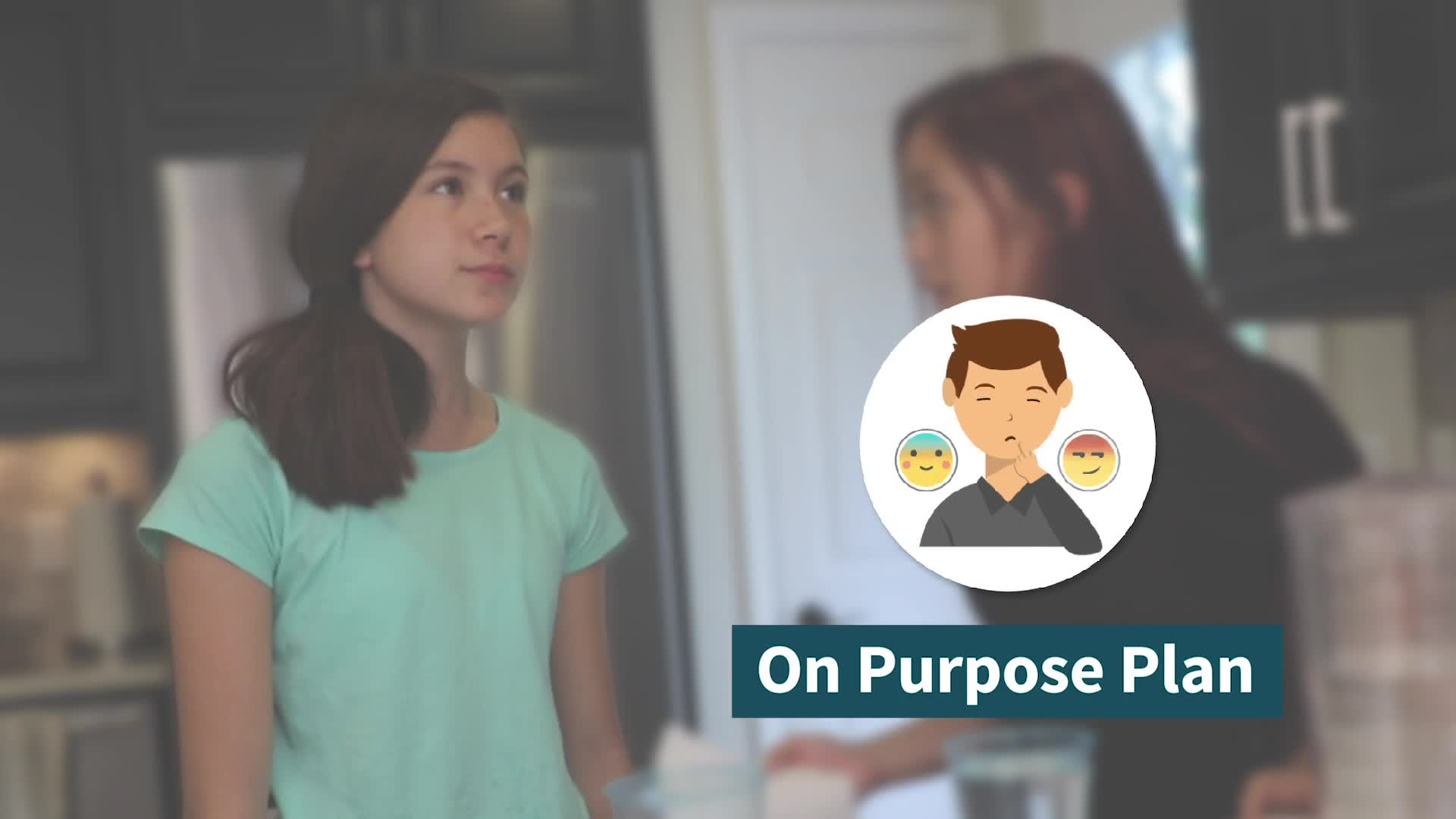
Introduction
As educators, it is crucial to teach our students the importance of understanding the difference between accidents and intentional actions. This awareness can help them regulate their emotions and respond appropriately in social situations. By introducing the On Purpose Plan, students will learn to recognize and differentiate between accidental incidents and those that are done on purpose. This skill is especially important for students in Special Education who might struggle with understanding social cues and emotional responses.
No-Prep Activity
Here’s a simple activity that requires no preparation or materials from the educator:
- Ask the students to sit in a circle. Select one student to be the “guesser” and another student to be the “actor.”
- The “actor” will perform a simple action, such as knocking over a pencil or bumping into another student. The “guesser” must then determine if the action was an accident or done on purpose based on the “actor’s” facial expressions and reactions.
- After the “guesser” makes their decision, discuss the reasoning behind their choice. Encourage the other students to share their thoughts as well.
- Rotate roles so that each student has the opportunity to be both the “guesser” and the “actor.”
This activity helps students practice observing and interpreting facial expressions and body language to better understand the intentions behind actions.
Discussion Questions
After completing the activity, engage the students in a discussion with the following questions:
- How did you determine if the action was an accident or done on purpose?
- What facial expressions or body language did you notice that helped you make your decision?
- How can understanding the On Purpose Plan help you in your daily life?
- What are some strategies you can use to stay calm when you’re unsure if an action was accidental or intentional?
- How can you communicate your feelings in a polite way when you believe someone has acted intentionally?
Related Skills
Teaching students the On Purpose Plan is just one aspect of Social-Emotional Learning. Here are some other relevant skills that complement this concept:
- Empathy: Understanding and sharing the feelings of others.
- Active Listening: Paying full attention to the speaker, asking questions, and providing feedback.
- Conflict Resolution: Finding peaceful solutions to disagreements and conflicts.
- Emotion Regulation: Managing and expressing emotions in a healthy, constructive way.
- Assertiveness: Expressing one’s feelings, needs, and opinions in a respectful and confident manner.
Next Steps
Now that you’re familiar with the On Purpose Plan and its importance in Social-Emotional Learning, we encourage you to explore more resources and activities to support your students’ growth. Sign up for free samples of the On Purpose Plan and other related skills at Everyday Speech. These materials will help you create a comprehensive and engaging learning experience for your students in Special Education.

